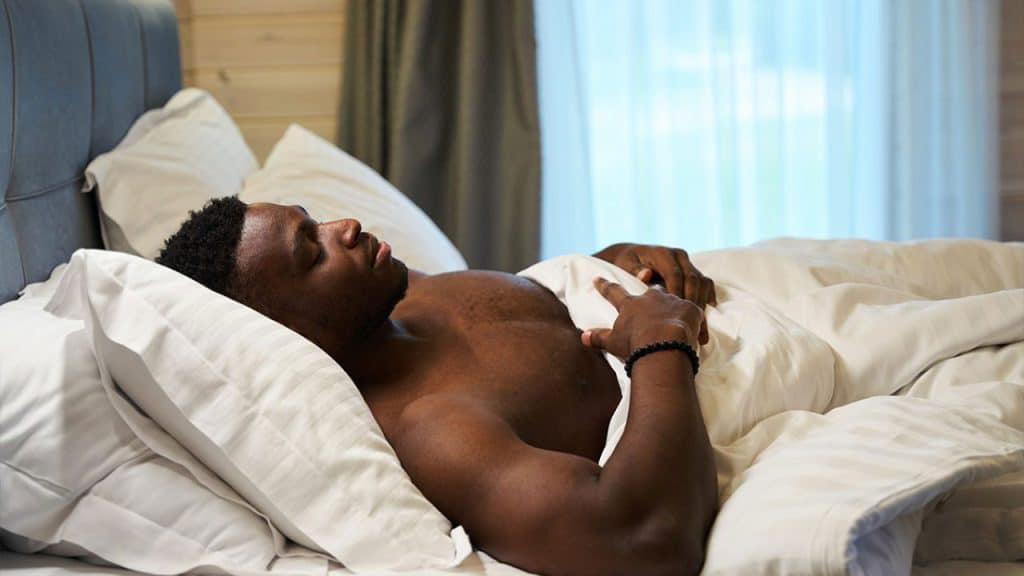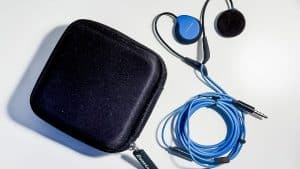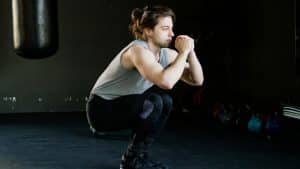Sometimes, the experts tell you that you must ensure your exercise recovery is active. In other words, you still need to keep moving and engaging those muscles. Other times, they emphasize that you need to rest completely and that any kind of exertion will spoil your recovery. How can both pieces of advice be true? What exactly are the differences, and different purposes, of active recovery and rest days? (https://longevity.technology/lifestyle/active-recovery-vs-rest-day-10-differences-to-know/)
We’ll start with active recovery. This means you’re still exercising, but with lower intensity. It may not even be in the gym. Perhaps you just go for a light walk or stretch yourself out a bit from the comfort of your living room. You’re not going to end up too out of breath or cause yourself an injury, but you should be stimulating blood flow. This can head off some of the soreness that sometimes comes after a high-intensity session, and it does help your muscles repair themselves.
Then you have rest days. These are the periods with a complete absence of physical activity. Just chill out, put your feet up, and maybe take a nap. You should do nothing more strenuous than going to the kitchen for a snack. This is a passive way of doing things, allowing a complete break from anything that could put your body under strain. If you want to ensure full muscle repair and recovery that lasts into the long term, rest days are essential.
Both active recovery and rest days have a role to play not just in physical health but also mental health. Active recovery keeps your endorphins pumping, those hormones that give you the post-exercise buzz. It stops a sudden plunge into low mood if you end the session abruptly, and it keeps you from feeling guilty that you’re no longer working out. Meanwhile, rest days allow for deeper and more meaningful rejuvenation, which is vital for avoiding burnout and becoming unhealthily obsessed with exercise.
You should see benefits for everything from your performance to your sleep if you correctly balance your active recovery with your rest days. Of course, you still need to figure out how to schedule them. This entails considering how hard you’ve been working, your current energy levels, your wider exercise goals, and what your body is telling you.
Be honest with yourself about what you need.




